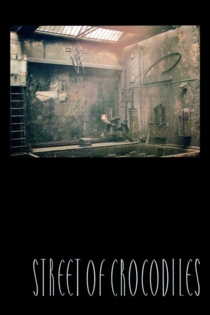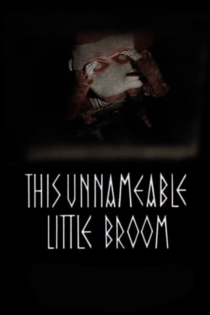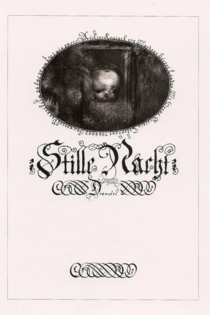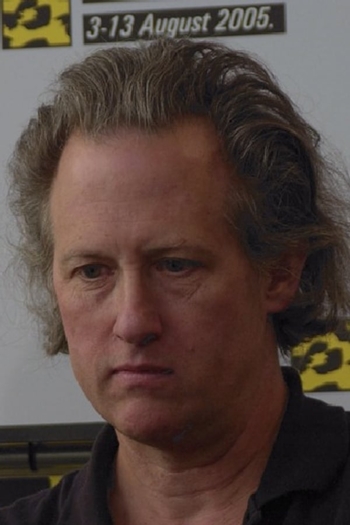
Stephen Quay
1947 (78 лет)Maska
Stephen Quay, Timothy Quay
Magdalena Cielecka
"Maska" is the latest animated film of Quay brothers, directors and puppet animators, with the music composed by Krzysztof Penderecki. The film is an adaptation of Stanisław Lem’s short story of the same title. The action of “Maska” is set in a technologically developed but, at the same time, feudal world. Beautiful Duenna was created in order to carry out certain mission. However, she will be forced to choose between accomplishing the task she was created for and love.
Maska
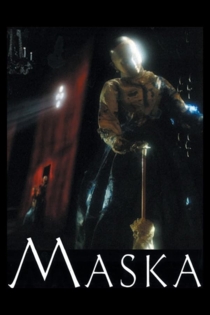
Through the Weeping Glass: On the Consolations of Life Everlasting (Limbos & Afterbreezes in the Mütter Museum)
Stephen Quay, Timothy Quay
Derek Jacobi, Marie Fury
A documentary on the subject of the collections of books, instruments and medical anomalies at The College of Physicians of Philadelphia and the Mutter Museum housed there. This short film represents the first to be made by the internationally recognized Quay Brothers in the United States. While not a stop-motion animation film, a form for which the Quays are best known, the entire film is vibrantly constructed and 'animated'. Musical score by composer Tim Nelson and voice-over provided by Derek Jacobi.
Through the Weeping Glass: On the Consolations of Life Everlasting (Limbos & Afterbreezes in the Mütter Museum)
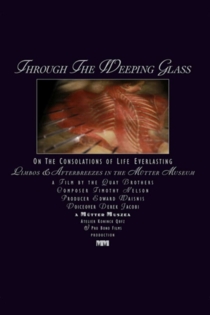
Anamorphosis
Stephen Quay, Timothy Quay
The Quays' interest in esoteric illusions finds its perfect realization in this fascinating animated lecture on the art of anamorphosis. This artistic technique, often used in the 16th- and 17th centuries, utilizes a method of visual distortion with which paintings, when viewed from different angles, mischievously revealed hidden symbols.
Anamorphosis

The Cabinet of Jan Švankmajer
Keith Griffiths, Stephen Quay
In Prague, a professorial puppet, with metal pincers for hands and an open book for a hat, takes a boy as a pupil. First, the professor empties fluff and toys from the child's head, leaving him without the top of his head for most of the film. The professor then teaches the lad about illusions and perspectives, the pursuit of an object through exploring a bank of drawers, divining an object, and the migration of forms. The child then brings out a box with a tarantula in it: the professor puts his "hands" into the box and describes what he feels. The boy receives a final lesson about animation and film making; then the professor gives him a brain and his own open-book hat.
The Cabinet of Jan Švankmajer

The Sandman
Stephen Quay, William Tuckett
Heathcote Williams, Irek Mukhamedov
One of several collaborative dance films by the Brothers Quay & (dancer, choreographer) William Tuckett. Little enough info around on line, but there's briefly by way of Wikipedia entry. Adapted rather loosely from the works of the E.T.A. Hoffman. Familiar Quays' tropes, much in evidence: automata, trompe l'oeil effects, etc. No credit on the sound design (which is fairly elaborate), tho' that is possibly Larry Sider.
The Sandman
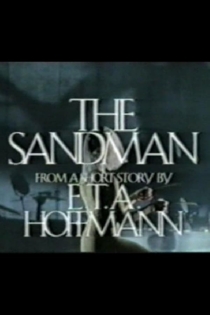
Institute Benjamenta, or This Dream People Call Human Life
Stephen Quay, Timothy Quay
Alice Krige, Mark Rylance
Jakob arrives at the Institute Benjamenta (run by brother and sister Johannes and Lisa Benjamenta) to learn to become a servant. With seven other men, he studies under Lisa: absurd lessons of movement, drawing circles, and servility. He asks for a better room. No other students arrive and none leave for employment. Johannes is unhappy, imperious, and detached from the school's operation. Lisa is beautiful, at first tightly controlled, then on the verge of breakdown. There's a whiff of incest. Jakob is drawn to Lisa, and perhaps she to him. As winter sets in, she becomes catatonic. Things get worse; Johannes notes that all this has happened since Jakob came. Is there any cause and effect?
Institute Benjamenta, or This Dream People Call Human Life

In Absentia
Stephen Quay, Timothy Quay
Marlene Kaminsky, Kathinka Pasveer
A woman sits alone on a chair at a table in a room on one of the top floors of an asylum. Bright spot lights dot the night, sometimes shining on her window. She sharpens pencils and writes on a page in a copy book. The pencil point often breaks under her fingers' force. She places broken points outside the window on the sill. A satanic figure is somewhere nearby, animated but of straw or clay, not flesh. She finishes her writing, tears the paper from the pad, folds it, places it in an envelope, and slips it through a slot. Is she writing to her husband? "Sweetheart, come." Written by
In Absentia

Punch and Judy: Tragical Comedy or Comical Tragedy
Keith Griffiths, Larry Sider
Percy Press Snr., Percy Press Jnr.
An unusual documentary from the Brothers Quay and Keith Griffiths about the history of the Punch and Judy puppet show.
Punch and Judy: Tragical Comedy or Comical Tragedy


